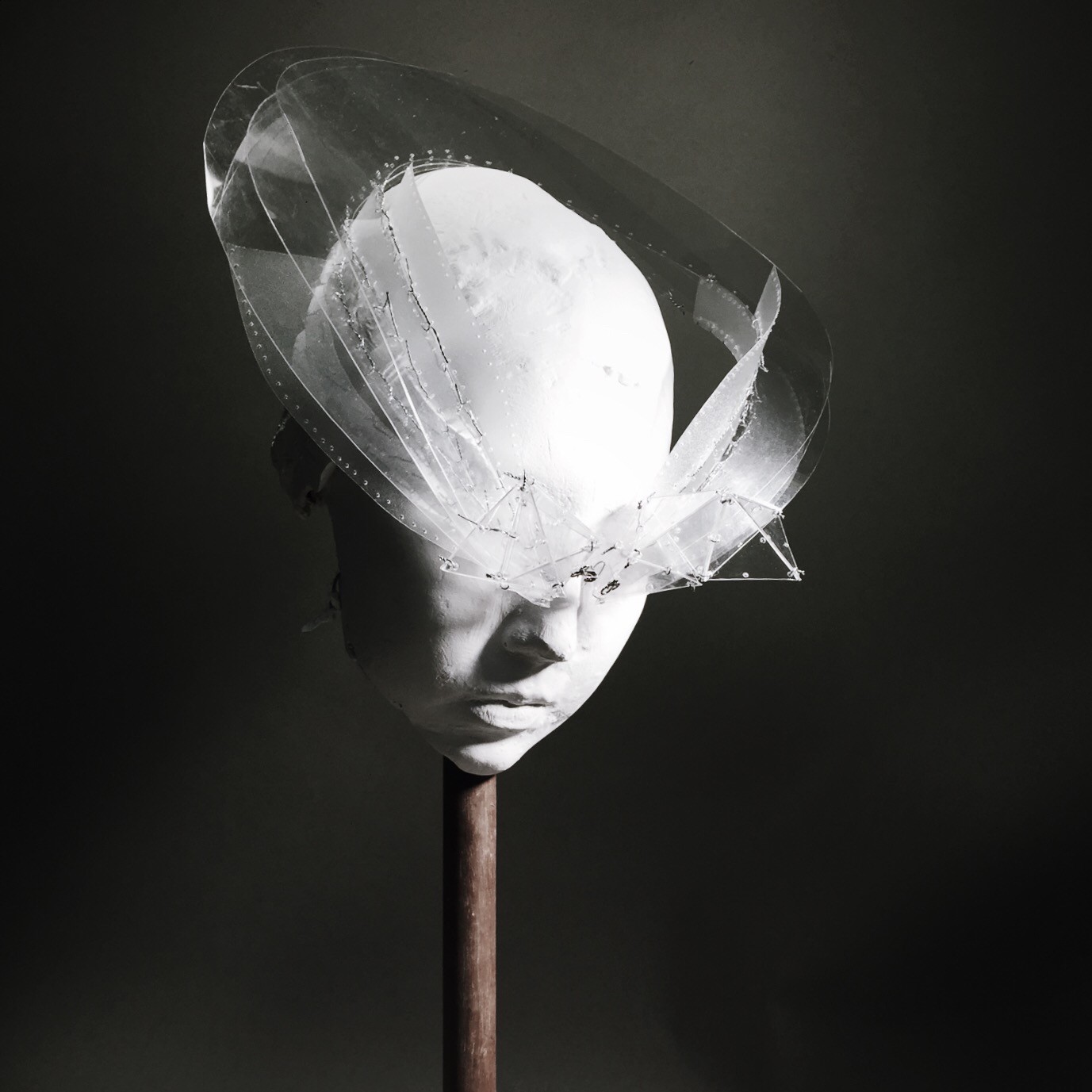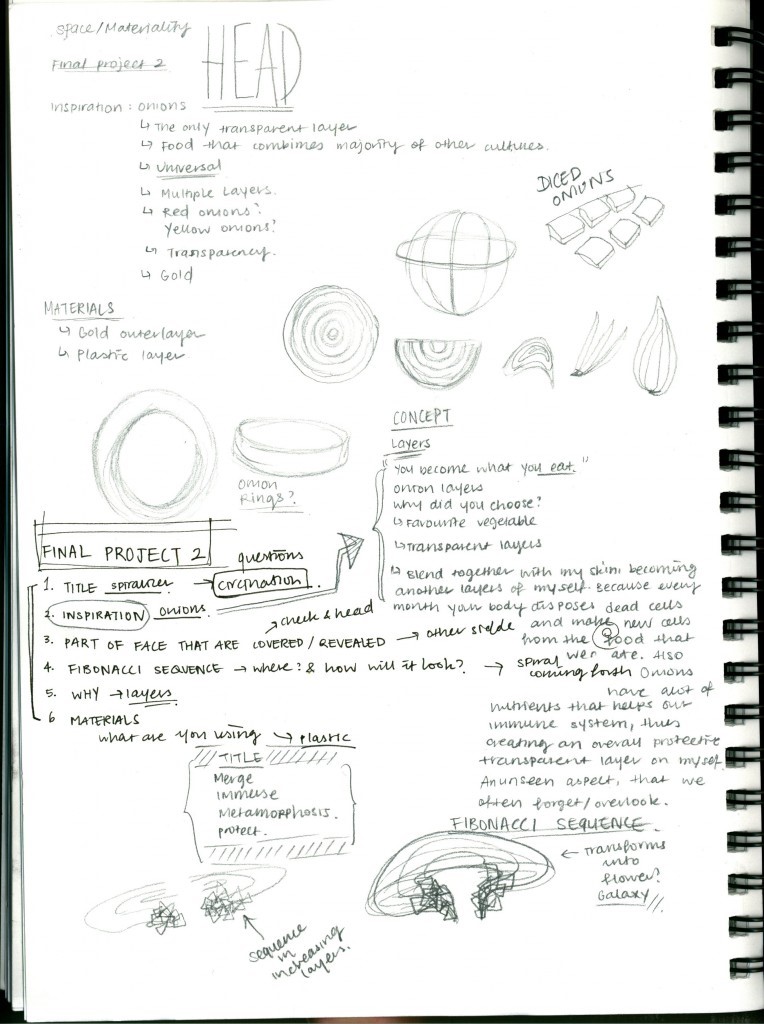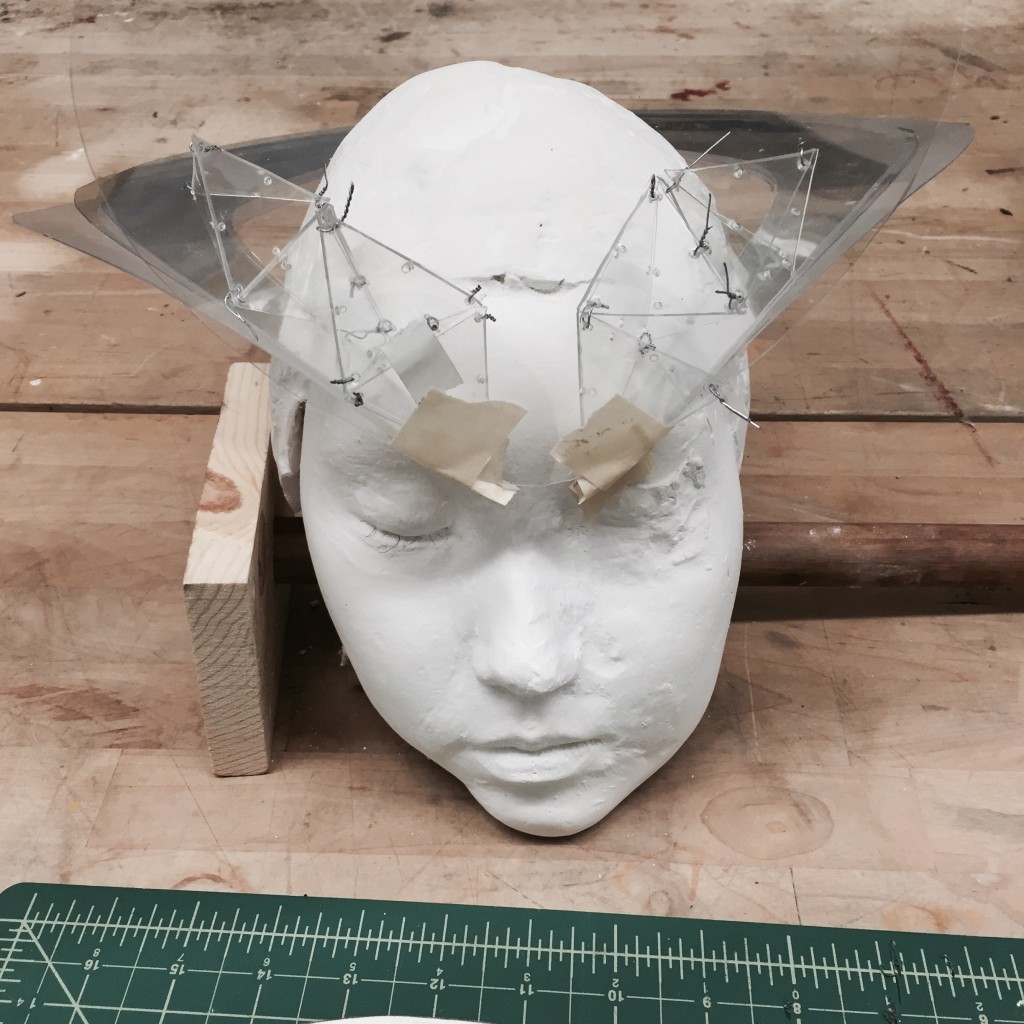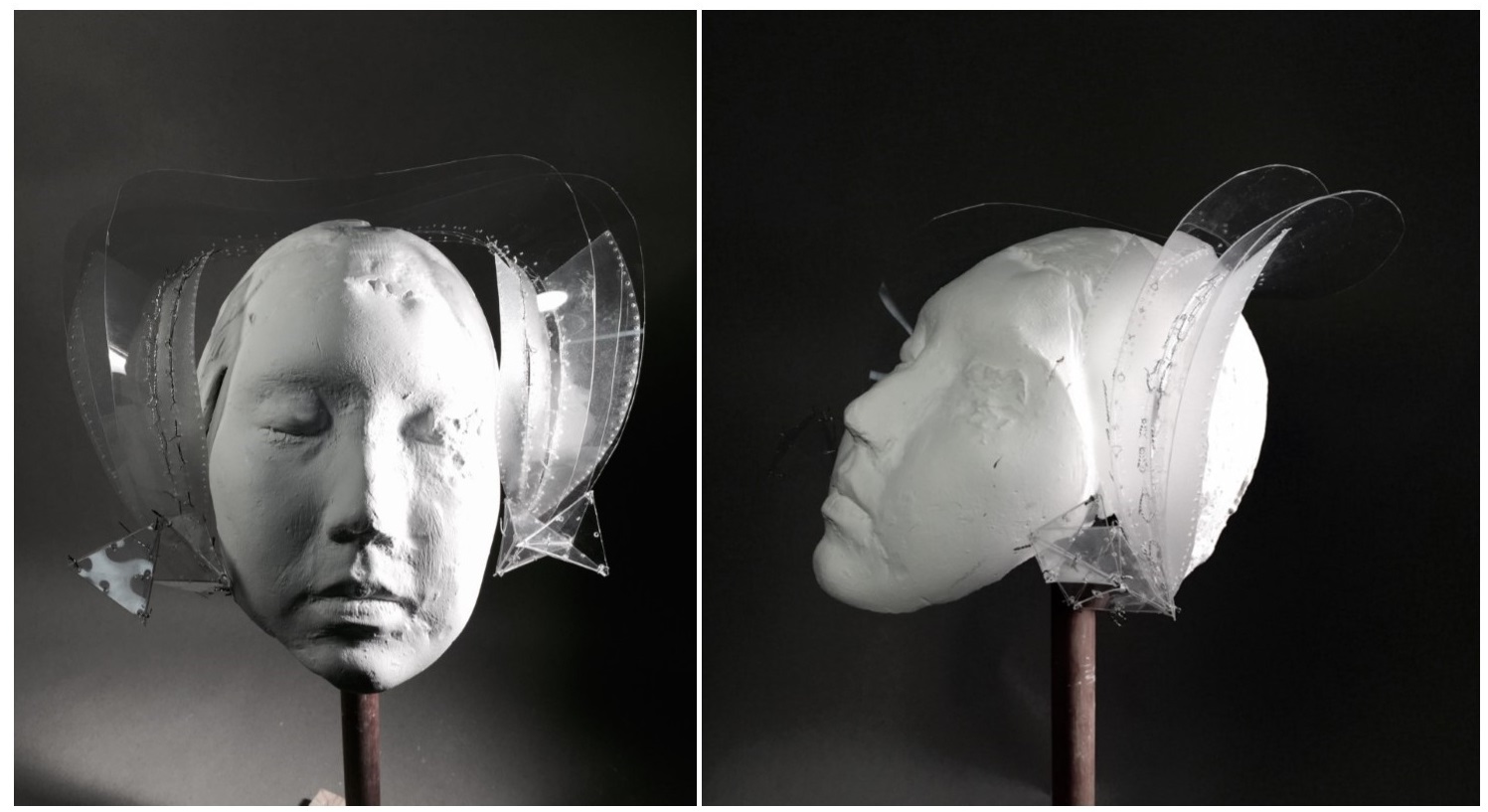Launched by ADHT’s Insights, First Year Features is a multi-part series that aims to showcase the work produced by students currently enrolled in Parsons’ First-Year Program. Challenging the ways in which making and writing come together in and out of studio, seminar and socially aware spaces, students offer multiple entry points into the task of art and design, and how design engages in our complex and rapidly changing world.
For this installment of First Year Features, we have the work of student Yunsun Lee from Wennie Huang’s Space/Materiality course.
Space/Materiality
In this studio course, students explore how materials and their uses shape meaning, considering concepts such as malleability, texture, smell, sound, taste, and ecological impacts. By completing a wide range of projects, written exercises, class discussions, and critiques, students become engaged participants in a generative, supportive community while being pushed to critically investigate the relationship between making and thinking in a wide range of skills and media.
In Wennie Huang’s Space/Materiality: Body Fall 2015 course, students completed projects entitled Inside/Out: The Head Inhabited. The project required students to make hollow plaster casts of their own heads and, after making surface maps of the casts and creating paper models of their final products, build head coverings which, according to Professor Huang, “involved moving parts that concealed and then revealed a part of their face.” Students were also required to somehow incorporate the Fibonacci sequence in their design.
Professor Huang says that “the learning goals of the project involved having students learn about ‘inhabited space,’ or the intersections between positive and negative 3-D spaces supporting live bodily movement, through a variety of material interactions and explorations, both through individual experiments, as well as collaboratively in a group/class environment.”
Yunsun Lee’s “Circulatory Coalescence”

“I have experienced a wide range of different cultures growing up as a third culture kid in Singapore, and I always found it amazing how onions bind other cultures through its constant presence in almost all cuisines. I thought it was the most versatile vegetable ever. Also, evolving from that idea, I was further inspired by how an onion is constructed by multifarious transparent layers, that eventually creates the onion form and structure, and how the different thickness of the layers merge together. I wanted to implement this ‘merging and coalescent’ idea to the headpiece, making it merge into the face; another layer that becomes one with the head. I wanted my design to depict the overlapping layers that are present in onions, and essentially merge with the head by following the natural curves of my skull.”

“Making a plaster cast of my head helped me in terms of measuring the shape of the whole head because a person’s head is not a symmetrical circle. It also helped me to look more closely into the curves and structure of both front and back of the head, all in three dimension, which inevitably influenced me to create a piece implementing those curved forms.”

“I used plastic sheets and wire for the headpiece and plaster for the head sculpture. Although I have used plexiglass and plastic straw for my first project, the thickness of the plastic sheets that I have used and the methods that I used to connect each part was different. I also used the hooks for the first time, which I placed on the front of the headpiece and connected it with wire. Last project I drilled holes and connected thin metal pipes through to connect different parts, which transitioned into a similar approach for this project, where I made holes with the sewing machine and awls. I also wanted to maintain the similar aesthetic to my first project, in which I used plastic and metal, thus wanted to continue using plastic. Also the transparency of microscopic layers of the onions inspired me to use a see-through material.”

Yunsun’s learning portfolio, which documents her design process in full, can be found here.
Reflecting on the project, and the teaching process itself, Professor Huang says: “The best outcome is when students learn to access, support and encourage peer learning. If anything, I define this as thematic of the best of a Parsons education, that students learn that their best potential lies in a combination of individual curiosity, initiative, and responsibility coupled with collaborative engagement and exchange, and that through class activities and projects, they acquire methods and techniques for sustaining this dual-pronged approach… What I love about teaching First Year is the tremendous growth that is possible when I break down a project into achievable steps, when I provide students with plenty of resources and support through hands-on demos, and when I structure the class so that students learn together. What is incredibly satisfying is seeing when students, like Yunsun, realize this growth in themselves and in each other.”


























